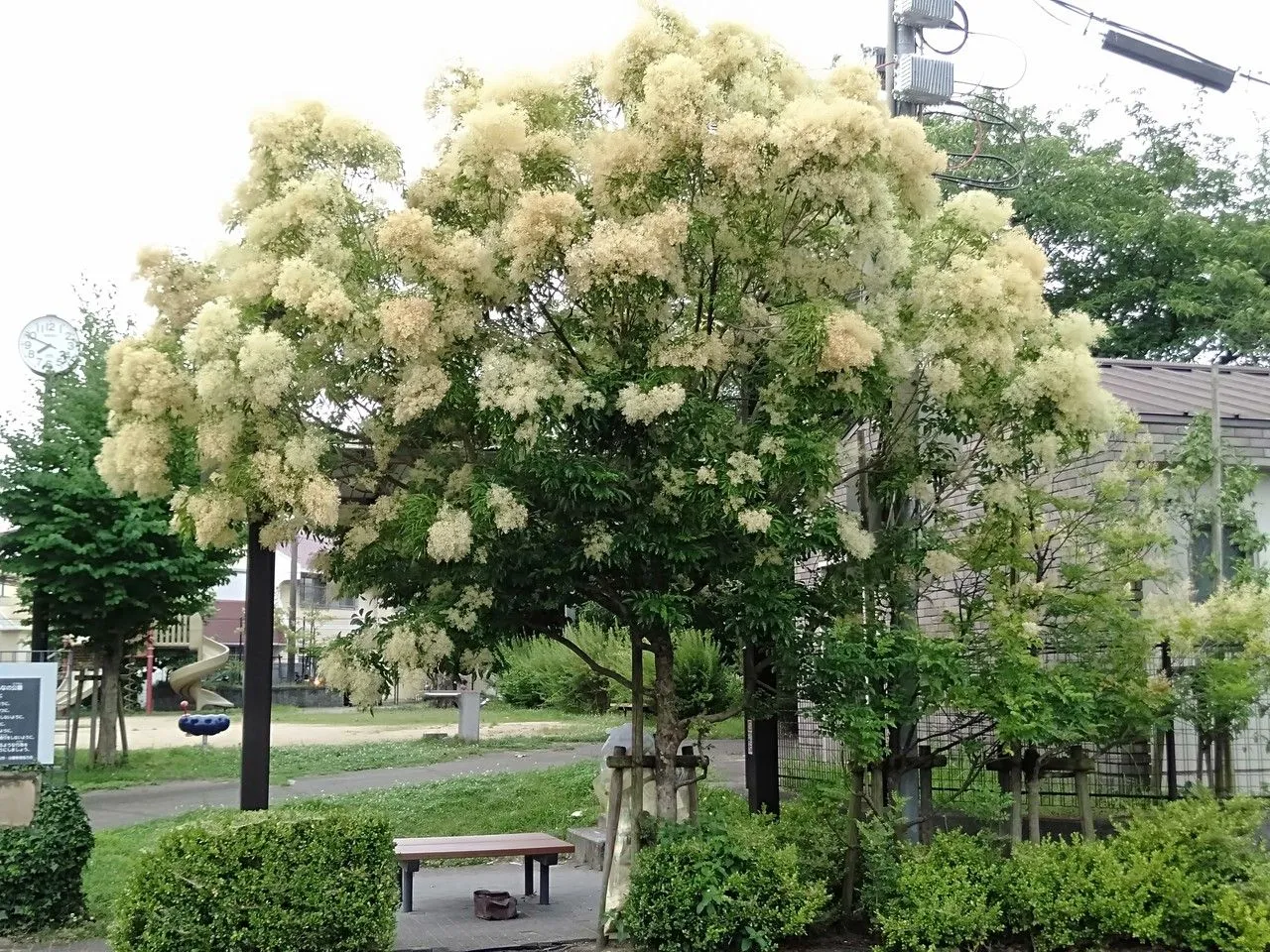
Author: Blume
Bibliography: Mus. Bot. 1: 311 (1851)
Year: 1851
Status: accepted
Rank: species
Genus: Fraxinus
Vegetable: False
Observations: SE. China to Korea, C. & S. Japan
The Chinese flowering ash, scientifically named Fraxinus sieboldiana, is a remarkable species that traces its origins to southeastern China, extending through Korea and central to southern regions of Japan. This splendid plant belongs to the Oleaceae family, renowned for its diverse and vibrant flowering species.
Described and classified by Blume in 1851, this botanical marvel has been chronicled in scientific literature, specifically in the Mus. Bot. 1: 311. Its historical and botanical significance is marked by the extensive research and observations conducted over the years.
The Chinese flowering ash thrives in temperate climates, characteristic of its native regions. This deciduous tree is admired for its attractive foliage and beautifully clustered flowers, adding aesthetic value to the landscapes it adorns. Typically, the leaves are compound, sporting a healthy green hue that matures to a captivating display of colors in the fall.
In the spring, the Chinese flowering ash erupts in an elegant display of blossoms that have both ecological and ornamental importance. The flowers, usually small and white, are grouped in panicles, which create a charming visual contrast against the lush green leaves. This makes the Chinese flowering ash a preferred choice for horticulturists and garden enthusiasts looking to create visually appealing, nature-friendly environments.
The Chinese flowering ash also serves various ecological roles. It provides habitat and food for an array of wildlife, contributing significantly to the biodiversity of its native and introduced ranges. The tree’s robust nature and relatively low maintenance requirements make it ideal for urban planting, offering shade and improving air quality in bustling cityscapes.
Furthermore, its wood, known for its hardness and durability, is often utilized in furniture and tool-making, showcasing its economic value beyond horticultural appeal. The wood’s fine grain and resistance to wear make it a preferred material for crafting durable and aesthetically pleasing items.
In summary, Fraxinus sieboldiana, with its lush foliage, beautiful flowers, and practical utility, is more than just a plant. It is a testament to nature’s ability to blend beauty with functionality, offering ecological, ornamental, and economic benefits wherever it grows.
Eng: chinese flowering ash, siebold ash
Deu: siebolds esche
En: Chinese flowering ash, Siebold ash
Zh: Lu shan qin, 庐山梣
Fi: Kiinankukkasaarni
De: Siebolds Esche, Siebolds Blumen-Esche
Ja: Maruba-aodamo
Ko: 쇠물푸레
No: Kinaask
Taken Jul 4, 2020 by Kenneth Parker (cc-by-sa)
Taken Jul 4, 2020 by Kenneth Parker (cc-by-sa)
Taken Jul 4, 2020 by Kenneth Parker (cc-by-sa)
Taken Jul 4, 2020 by Kenneth Parker (cc-by-sa)
© copyright of the Board of Trustees of the Royal Botanic Gardens, Kew.
© copyright of the Board of Trustees of the Royal Botanic Gardens, Kew.
© copyright of the Board of Trustees of the Royal Botanic Gardens, Kew.
Family: Myrtaceae Author: (F.Muell.) K.D.Hill & L.A.S.Johnson Bibliography: Telopea 6: 402 (1995) Year: 1995 Status:…
Family: Rubiaceae Author: Pierre ex A.Froehner Bibliography: Notizbl. Bot. Gart. Berlin-Dahlem 1: 237 (1897) Year:…
Family: Sapindaceae Author: Koidz. Bibliography: J. Coll. Sci. Imp. Univ. Tokyo 32(1): 38 (1911) Year:…
Family: Asteraceae Author: A.Gray Bibliography: Pacif. Railr. Rep.: 107 (1857) Year: 1857 Status: accepted Rank:…
Family: Fabaceae Author: Medik. Bibliography: Vorles. Churpfälz. Phys.-Ökon. Ges. 2: 398 (1787) Year: 1787 Status:…
Family: Aspleniaceae Author: (Cav.) Alston Bibliography: Bull. Misc. Inform. Kew 1932: 309 (1932) Year: 1932…